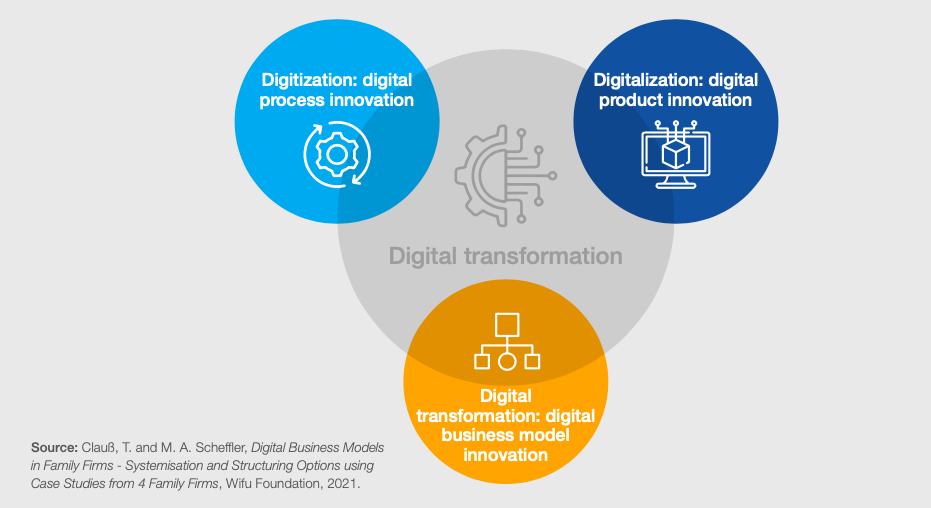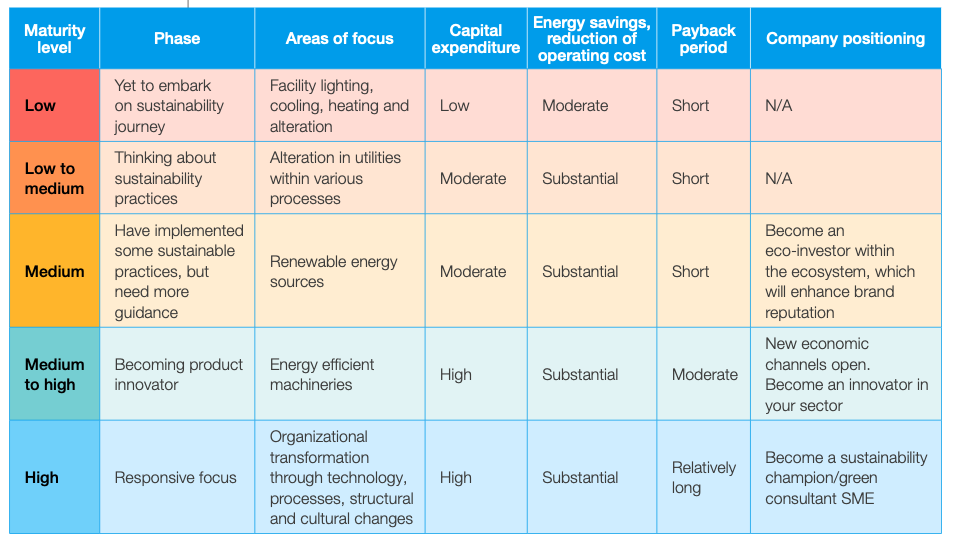Image a bustling cityscape, where small- and medium-sized enterprises (SMEs) and mid-sized companies fill the streets, exuding energy and vitality.
These businesses, comprising a staggering 90% of all companies, form the very lifeblood of economies worldwide. They power industries, create jobs, and contribute nearly 70% to global employment and GDP figures.
Yet, despite their remarkable collective impact, these enterprises often find themselves struggling amidst economic shocks and an unfavorable business environment, where survival and expansion become a juggling act.
However, SMEs and mid-sized companies possess unique strengths that can have a profound impact on both local and global economies.
If we recognize their collective significance and vast potential, ensuring the prosperity and future readiness of SMEs becomes the need of the hour.
The vision is to foster a landscape where SMEs can flourish, attaining enduring financial growth, while simultaneously leaving a positive imprint on society and the environment.
Furthermore, future-ready SMEs should possess a remarkable ability to adapt swiftly and adeptly, embracing change as an opportunity to thrive in an ever-evolving business ecosystem. By nurturing such enterprises, we can lay the foundation for a prosperous and sustainable future.
In this article, we will delve into the opportunities to improve SME ecosystems and enhance their growth capabilities. We also aim to shed light on World Economic Forum insights.
What Are The 5 Key Trends In The Future-Readiness of SMEs?
Boosting resilience
To thrive in the competitive landscape, leaders of SMEs must prioritize narrowing the resilience gap and harness the inherent agility that comes with their smaller size.
To ensure the sustained growth of the organization, it is imperative to cultivate resilience by disseminating the leader’s capabilities throughout the entire company.
The companies can achieve this by embedding these capabilities into management practices, and human resources (HR) strategies, and by fostering a company culture that values resilience.
By leveraging the power of data and insights, they can pinpoint the critical factors that contribute to the resilience of SMEs. With this understanding, targeted initiatives can be developed to enhance their ability to overcome challenges.
Attracting and cultivating talent
The current “talent challenge” is putting companies under pressure, particularly as they navigate the post-COVID-19 landscape. The ability to withstand economic shocks and maintain resilience relies heavily on agility and access to skilled talent.
In fact, according to ManpowerGroup’s Global Talent Shortage study, a staggering 75% of companies worldwide are facing difficulties in accessing the talent they need.
This highlights the urgent need for organizations to address talent scarcity and develop effective strategies for attracting and retaining skilled individuals.
These organizations must focus on attracting skilled individuals who align with their values and goals. By establishing effective recruitment strategies, offering competitive compensation packages, and fostering a positive work culture, SMEs can attract top talent.
Embracing Digital Transformation
Digital transformation involves integrating digital technologies and innovative solutions into various aspects of the business, including operations, customer experience, and decision-making processes.

As smaller companies embark on their digital transformation journey, it is essential to have a framework that provides guidance and a holistic view of the process.
This framework breaks down the digital transformation into its major elements, allowing companies to approach each aspect strategically:
Digital process innovation
This element focuses on transforming existing processes and operations by digitizing manual and paper-based tasks.
It involves adopting digital tools, automation, and technology solutions to streamline workflows, enhance efficiency, and improve productivity.
Digital product/service innovation
This element centers around leveraging digital technologies to enhance existing products or services or develop new digital offerings.
It involves incorporating digital features, functionalities, or platforms into products or services to improve customer experience, meet evolving customer demands, and gain a competitive edge.
Digital business model innovation
This element focuses on reimagining the entire business model to embrace digital capabilities and seize new opportunities.
It involves exploring innovative ways to create value, engage with customers, and generate revenue through digital channels.
With Keypulse, companies can streamline their operations and enhance productivity through process automation, data analytics, and real-time reporting.
The platform enables businesses to digitize manual processes, enhance efficiency, gain a competitive edge, eliminate paper-based workflows, and reduce administrative burdens.
Prioritizing Sustainability
As environmental concerns grow and stakeholders increasingly demand responsible practices, integrating sustainability into business operations has become essential for long-term success.
BVMW’s study reveals that a significant 80% of SMEs are advocating for streamlined procedures through reduced bureaucracy and deregulation.

Source: World Economic Forum 2022 SME Report
Simplifying processes for digital transformation can empower companies to offer digital solutions and leverage technology to improve efficiencies in their business models and supply chains, thereby contributing to the sustainability agenda.
Furthermore, research highlights the long-term cost-saving benefits of embracing sustainability. The SMEs must establish mechanisms that facilitate knowledge sharing, co-creation, and exchange among employees can foster environmentally friendly practices and drive sustainability initiatives.
In addition, it is crucial for sustainability investments to prioritize upskilling employees, while also considering the creation of new job opportunities as indicators of SMEs’ social performance.
To ensure a cohesive approach to sustainability, policymakers should establish uniform standards to measure companies’ sustainability initiatives.
Currently, measures related to environmental and societal impact are often developed in an ad-hoc manner by smaller groups of stakeholders.
By implementing consistent standards, policymakers can create a more structured framework for sustainable practices and foster broader stakeholder engagement.
Investing in Innovation and Research
Investing in innovation and research fosters a culture of learning and development within the organization. It encourages employees to think critically, experiment with new ideas, and collaborate to solve complex challenges.
This not only enhances employee engagement but also cultivates a dynamic and adaptive workforce.
Furthermore, innovation and research can lead to the development of intellectual property, patents, and proprietary technologies, which can create additional revenue streams and enhance the company’s market position.
To effectively invest in innovation and research, companies should allocate dedicated resources, establish partnerships with research institutions or startups, and promote a supportive environment that encourages idea generation and experimentation.
Take Your Business to the Next Level
Keypulse stands ready to partner with SMEs on their journey toward future readiness. With state of art digital solutions and expertise, Keypulse empowers businesses to navigate the digital landscape with confidence and drive ROI, efficiency, and agility.
Don’t wait for the future to happen – make it happen with Keypulse. We’re just a call away!

